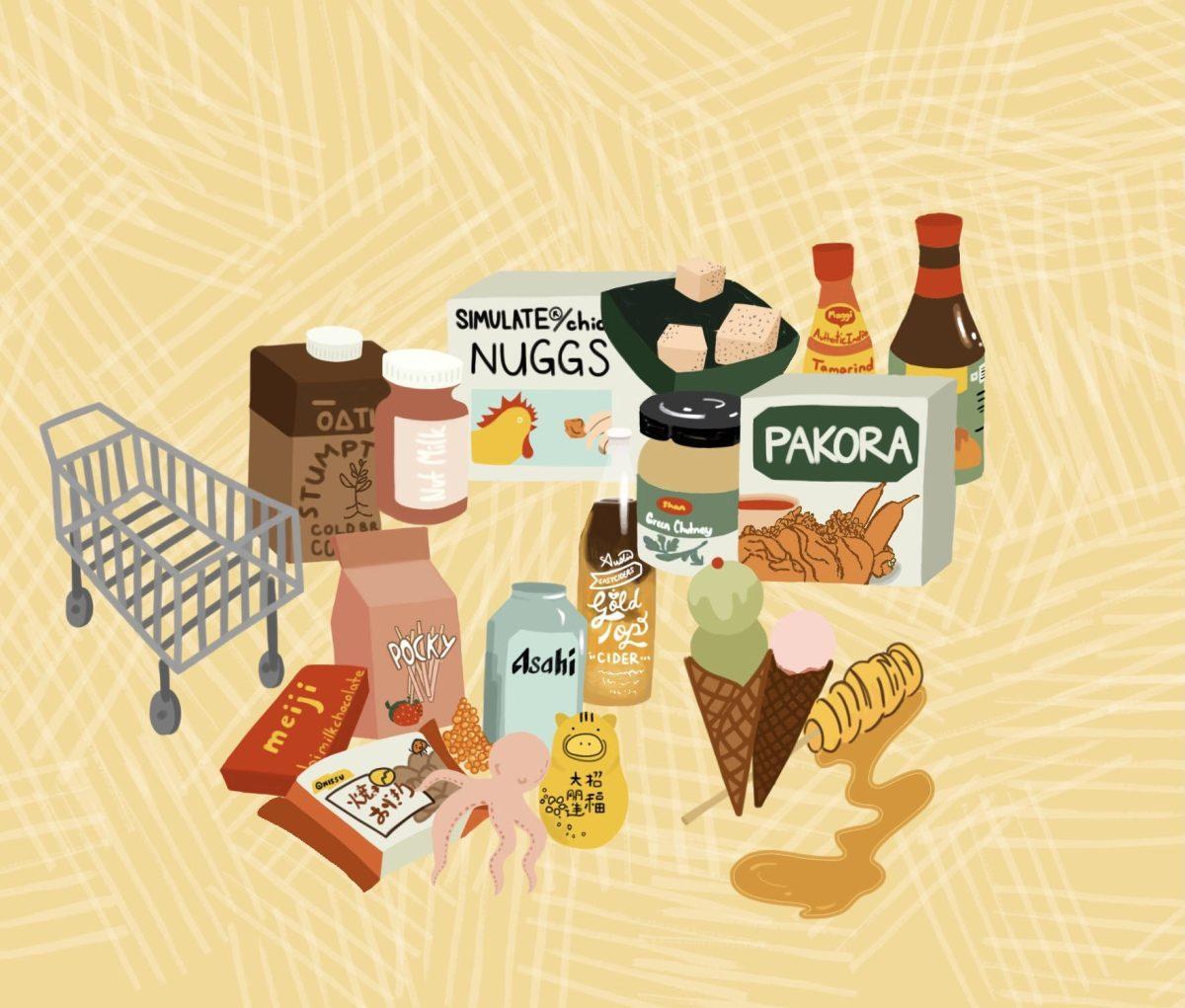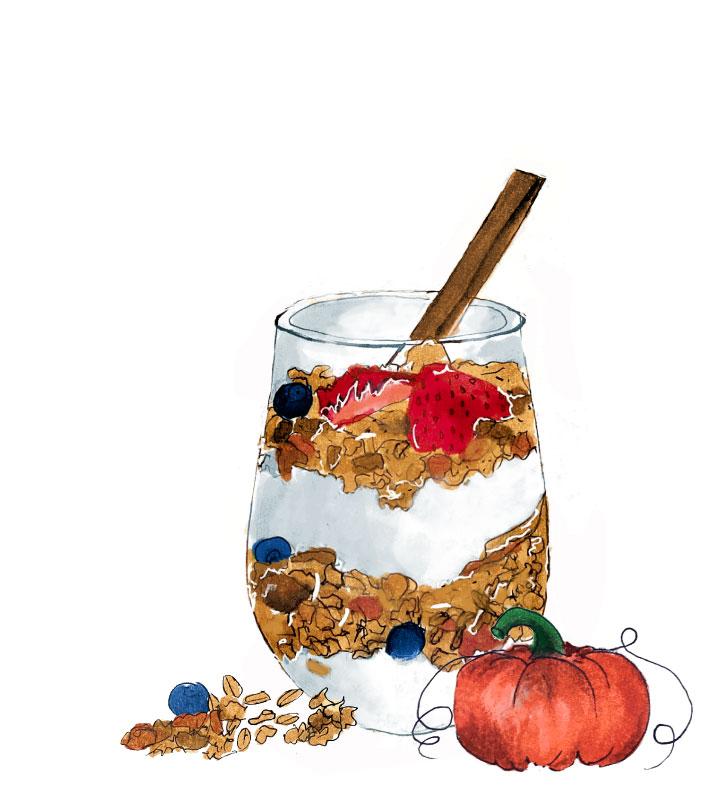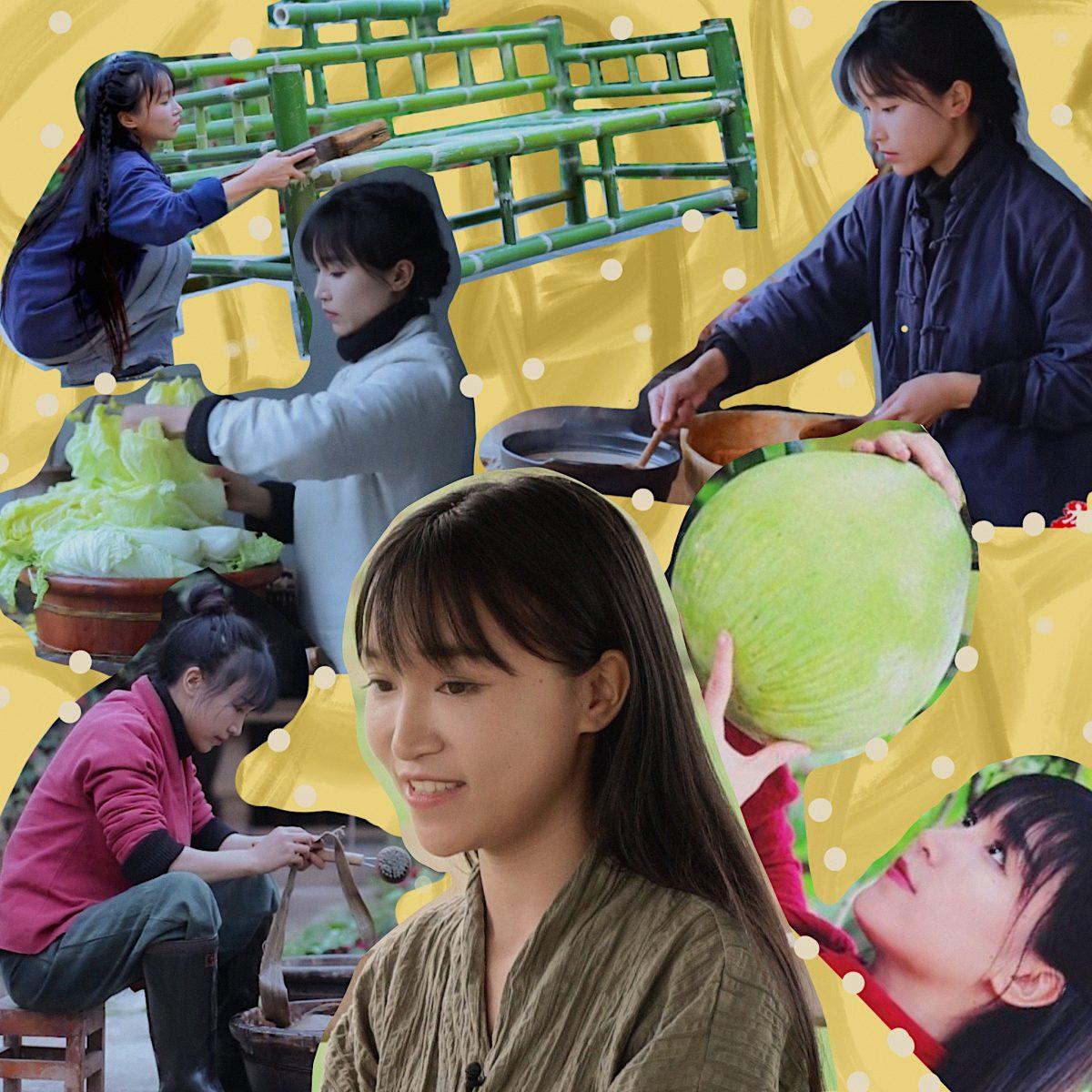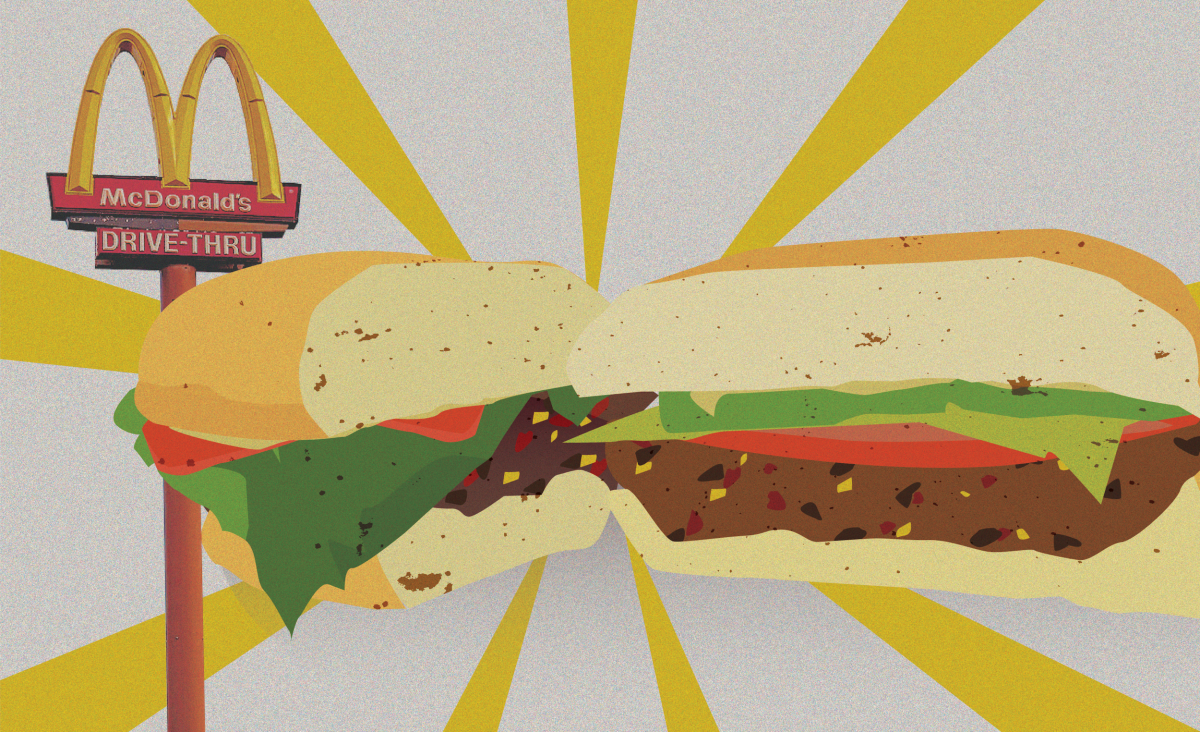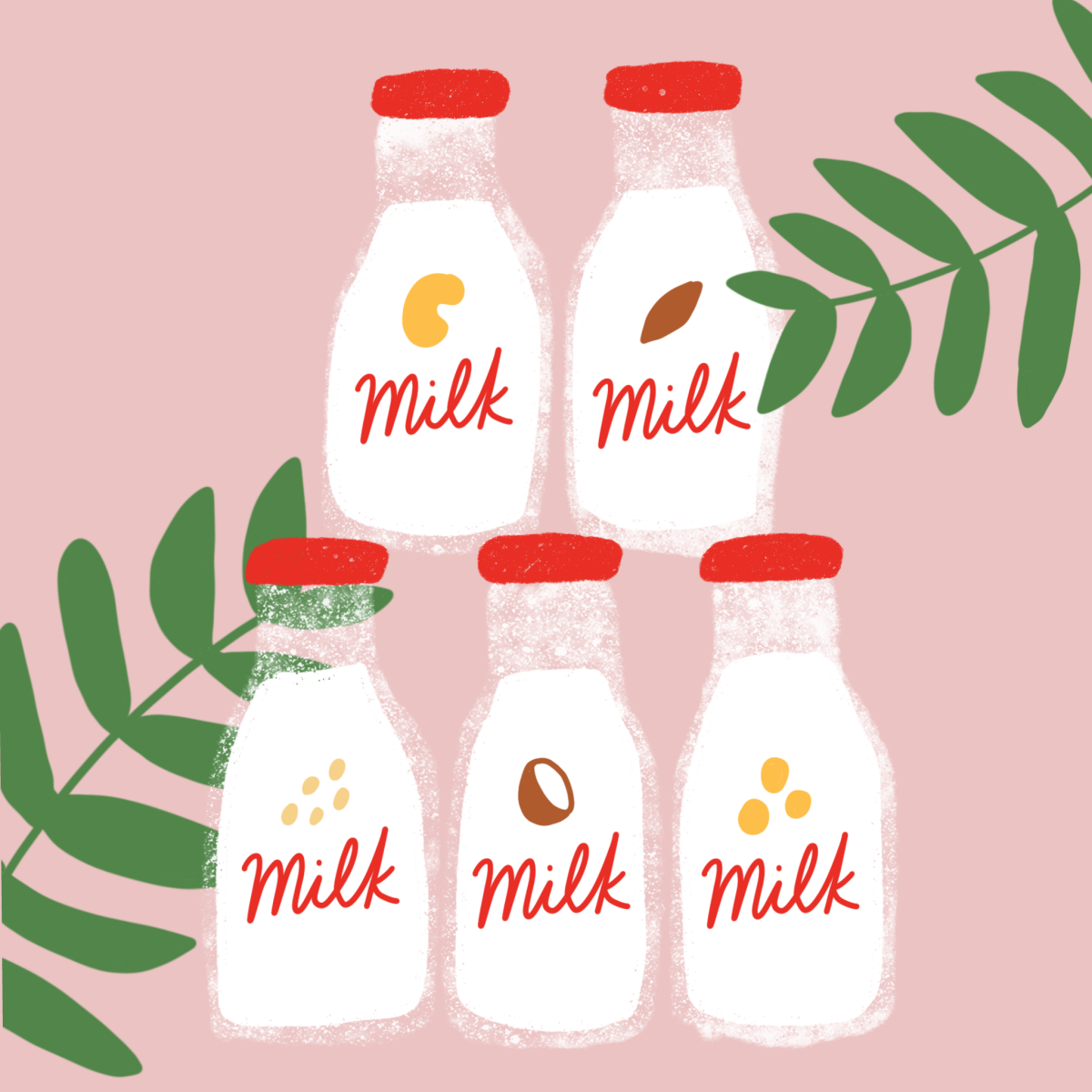Texas is known for its iconic big hairdos, rodeos, cowboy boots and … wine?
That’s right, the Texas wine business is booming with no sign of slowing down. Ranked fifth nationally in wine production in 2011, according to the Texas Wine and Grape Growers Association, and earning a spot on USA Today’s list of Top 10 places to get local wine, the Texas wine industry is gaining national attention.
In 2009, the state’s wine industry impacted the Texas economy by a whopping $1.7 billion, provided over 10,000 full-time jobs and saw a 20 percent increase in total revenue from just two years before, according to a MKF Research LLC study.
“I looked at it as a combination of a lot of growth happening in Texas,” says Nate Pruitt, owner and winemaker at Bell Springs Winery. “There are a lot of people becoming interested in wine, and it’s becoming a lot more important to people here in Texas. Also, from the business standpoint, there’s a lot more wineries popping up now in Texas, especially in the last few years or so because the demand is higher. Timing and growth is really why we decided to start up.”
When Pruitt decided to turn his hobby of wine-making into a business, location was a prime factor. Bell Springs Winery falls about 45 minutes west of downtown Austin in Dripping Springs, located in the Texas Hill Country region.
In total, this growing area covers nine million acres and has 57 different types of soil, including clay loam, clay and sandy clay, with each giving the wine grown a unique taste and character, according to The Winegrowing Regions of Texas, a component of the Texas Winegrape Network. Grapevines can tolerate wide ranges of soils and Texas’ minimal temperature variations contribute to greater grape flavor, aroma and pigmentation.
“There’s a nice group of wineries out in Fredericksburg, but it’s an hour and a half drive [from Austin],” Pruitt says. “So for a lot of people who just want to do a quick day trip and want to hit two or three wineries, which is what most people like doing during the day, there are plenty of wineries through the Dripping Springs and Driftwood area to do that.”
In 2010, 3,000 acres of grapes were grown in Texas with the majority being used for cabernet sauvignon, merlot and chardonnay wines, according to the U.S. Department of Agriculture Texas Grape Production and Variety survey. However, since then, that number has steadily decreased as new varietals are increasingly introduced into the state each year. Pruitt recommends blanc du bois, tempranillos, muscat and black Spanish — all done quite well in most regions of Texas.
Over time, growers figure out which grapes grow best in the region to produce high-quality wine, Pruitt says. Texas, he says, is still in the beginning stages of the learning process.
“In the last five years, it’s gotten incredibly better in quality, and the growers are growing so many different varietals now than they were even ten years ago,” Pruitt says. “California still makes, across the board, more quality grapes, but I think Texas has several varieties that they’re growing very nice grapes as well.”
Bell Springs is jumping on the growing train this spring as well with plans to plant two to three acres of grapes and produce their first ever estate wine, a wine which is grown and made on the property. Currently, the winery imports their grapes from California, Washington and Texas, as Texas does not have enough fruit to go around just yet, Pruitt emphasizes. With the amount of Texas grape growers rising, the winery hopes to increase its numbers of solely Texas grown and produced wines in the future.
Texas still falls short in comparison to states like California when it comes to key factors in wine production, like technology. Wine production is a lengthy process, on average taking three years until first harvest, then nine to twelve months for white wines and 12 to 18 months for reds from vine to bottle. Although, according to the MKF Research study, Texas produced 1.2 million bottles of wine in 2009, the state has more hand bottling systems and much higher start-up costs than other states.
With improved technology, it would be much easier for smaller wineries to break into the industry without such a massive financial burden, Pruitt says. “In Texas, even though the business is growing extremely well, we don’t necessarily have a lot of the infrastructure that many of the California wineries have,” he says.
“For example, in California, they have dozens, if not hundreds, of what they call mobile bottling lines, where you don’t have to have your own bottling equipment,” he says. “You just call them up, they roll up with a big semi-truck, they hook it to the hose, and you can bottle everything in a day with very little effort. Unfortunately, we don’t have those resources here in Texas. There’s one mobile bottling line here in town for the entire state of Texas. The industry has a long way to go for stuff like that.”
A day trip to Bell Springs presents a relaxed, comfortable atmosphere for a quick wine tasting or an evening spent with friends listening to live musical performances, held every Saturday night on their large outdoor patio. “Our vibe, per se, is just for people to come and hang out and have a good time,” Pruitt says. “We encourage people to bring out picnics, and we have food here as well that people can purchase.”
Bell Springs’ wine tasting room is open Thursday through Monday and welcomes walk-in guests. For a $7 fee, visitors over 21 years of age can taste six to seven different wines of their choosing. If a bottle of wine is purchased, the tasting is then free. For first-time guests, Pruitt suggests tasting the cabernet franc for those who enjoy red wines and the symphony for those who favor white.


































